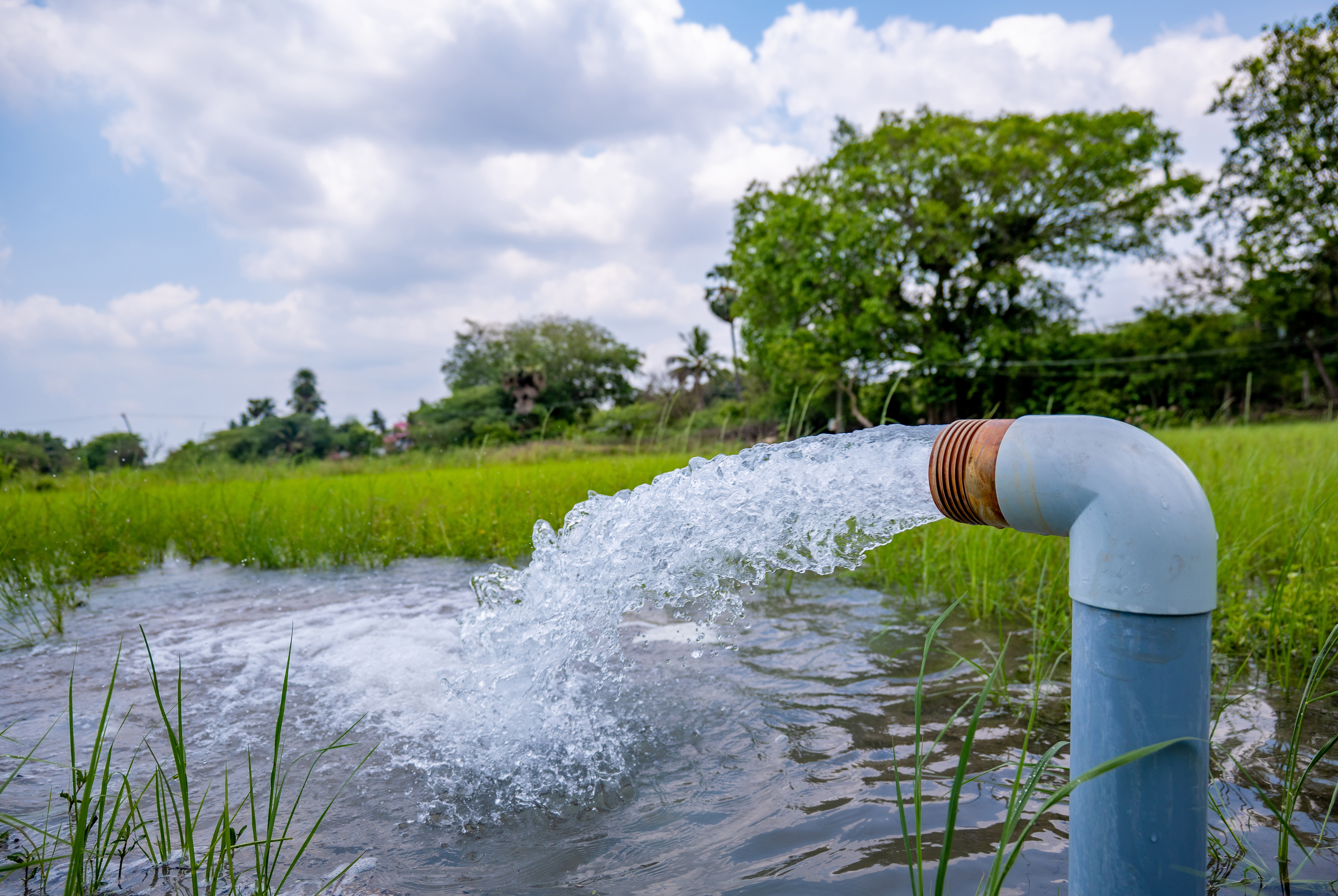Indian Agriculture's Relationship with Monsoon
When it comes to rain, a farmer can turn quite the poet. Farmers know how to read signs like the colour of the sky, the presence of a rainbow and so on. Of course, water is essential for fields and Indian agriculture has a very strong and unique connection with the rain or monsoons.
It’s about the balance
Indian agriculture depends on the monsoon - but this statement cannot be made in a vacuum. There are so many nuances here:
- The rains have to hit the land at a particular time
- The quantity of rainfall has to be correct
- The duration of rainfall has to be right and
- There has to be enough infrastructure to harness / store the water as well
Even a few days of delay in the monsoon can impact agriculture. For instance, a farmer planting crops like soybean, cotton, rice and pulses will benefit from early rains. Timely onset of the Southwest monsoon is crucial for the kharif crops. Kharif crops are, incidentally, monsoon crops which are cultivated and harvested during the monsoon season.

Southwest monsoon
This monsoon lasts from June to September and contributes almost 75% of the rainfall in India. Kharif crops rely on this monsoon heavily. Any shift in the pattern of rainfall impacts the farmer, their fields and the economy significantly.
This year, the monsoon was delayed by around 15 days. This has led to a lower planting or sowing rate for kharif crops like:
- Rice
- Groundnut
- Maize
- Cotton
- Bajra (pearl millet) and
- Ragi (finger millet) among others
The area under planting has declined from last year to the tune of 12%. Farmers have planted their monsoon crops on 151 million acres of land but this is lower than last year. Almost every crop is showing a decrease when it comes to planting.
But the steady revival of the monsoon has led to some optimism in the outlook for yields. Yes, the country will have to monitor the monsoon’s progress very closely but hopefully, the revival brings good news too.
What does the monsoon impact?
It is not just the kharif crops and the bountiful yield of a field, monsoons have an impact on:
- Conservation and replenishment of water resources in India
- Inflation
- Electricity generation and
- The fiscal outlay of the government

There is a lot of debate regarding the importance of reducing Indian agriculture’s dependence on monsoons.
For instance, there is progress being made in the field of climate-resilient agriculture. Heat tolerant rice genotypes are being developed for the northeast region. Weather resistant crops that can withstand drought or flooding and even higher salinity levels could well be the game changing innovations that India needs.
It is also important to increase the coverage of irrigated land and irrigation infrastructure. This will signal a shift away from rain-fed fields. For instance, drip irrigation systems can help conserve water and multitask as nutrient supply systems as well.
Given that almost 50% of agricultural land in India is dependent on monsoon, it is vital to not just hope that the rains are kind but to also implement systems that can cater for the vagaries of rainfall.



